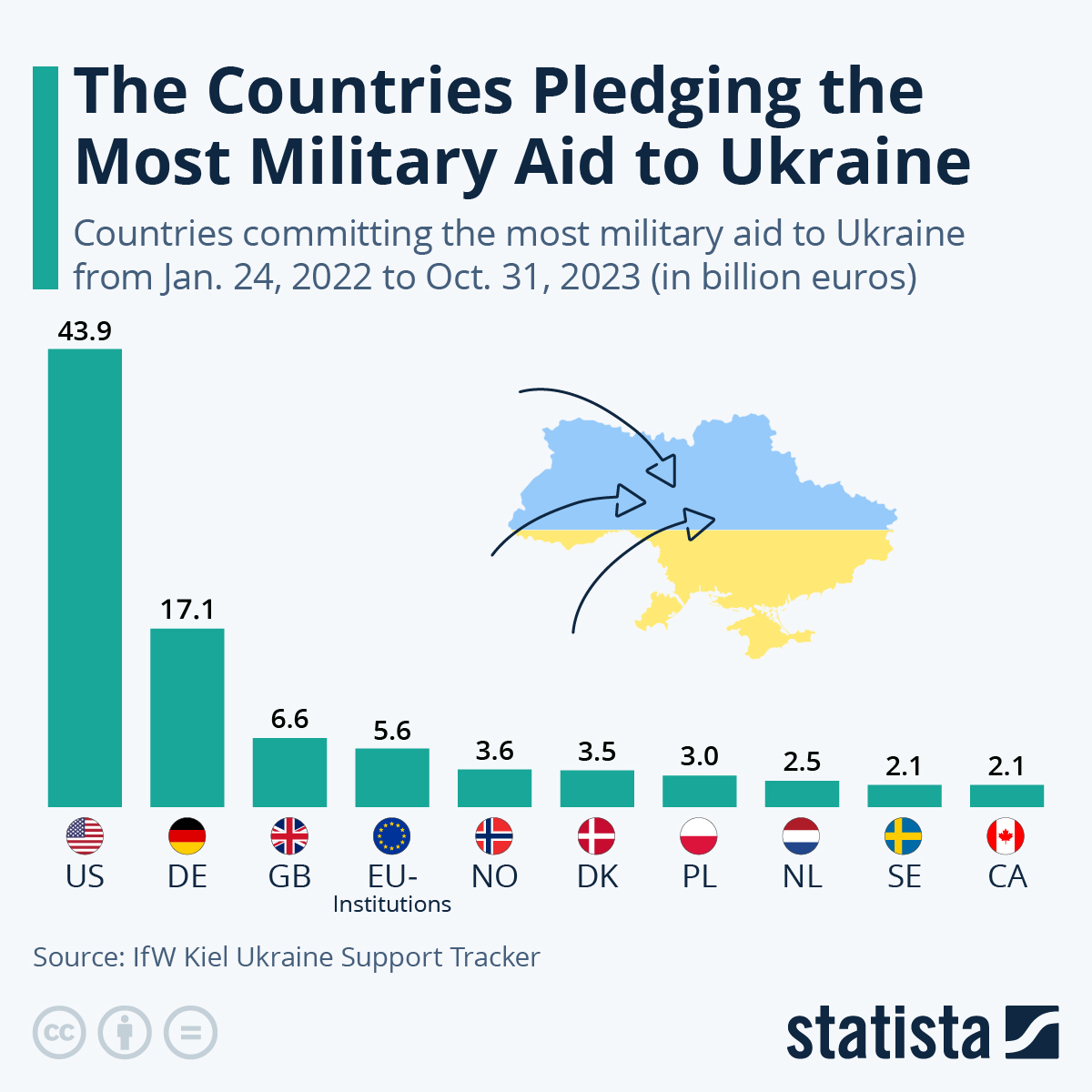Trump’s Copy-Paste Ukraine Strategy: An Echo of Biden’s Failures
In a twist of irony, the current administration seems to be imitating the tactics of its predecessor with its handling of the Ukraine crisis. President Trump’s approach mirrors that of former Vice President Joe Biden, loading Ukraine with weapons and leveraging threats of additional sanctions on the Russian President, Vladimir Putin, to coerce a peace agreement. Detractors argued that this strategic shift by Trump emerged not out of comprehensive understanding, but belated realization and pride.
A former official from Biden’s administration described Trump’s newfound pro-Ukraine stance as not only late but also costly. A cornerstone of this strategy is to leverage NATO for supplying arms to Ukraine. If Russia refrains from cooperating in the timespan of 50 days, Trump threatens to impose another round of whopping 100% tariffs on all goods from Russia.
In contrast to Biden’s direct approach, the Trump administration has chosen a roundabout way. They will not provide military aid directly to Ukraine. Instead, NATO allies purchase arms from the U.S., and then these arms find their way to the Ukrainian frontline. This unique approach was finally accepted by the NATO allies, with a commitment to spend at least 5% of their annual GDP on defense within the next ten years.
There are rumors of widespread black-market sales of these supplies in Ukraine, but concrete evidence remains elusive. Trump has participated in multiple direct conversations with Putin. Trump described these discussions as friendly, but the outcomes remain invisible. ‘My talks with him are amicable,’ Trump stated, ‘yet the missiles still light up the night.’
With a grand vision of ‘eternal peace,’ the Trump administration aims to force both parties to the negotiation table. However, some initial suggestions of the Trump administration were deemed ‘too extreme’ by Ukrainian President Volodymyr Zelensky. Lately, Trump has shifted his antagonism towards Moscow, possibly out of frustration and fatigue.
Even amidst the ambiguity of European peace, Trump managed to gain recognition for his mediation between India and Pakistan, two nuclear-equipped countries. For this feat, Trump might find himself nominated for the Nobel Peace Prize. Yet, the ultimate prize, peace in Europe, continues to elude him. ‘I am despondent about President Putin,’ expressed Trump, ‘I anticipated a deal two months ago.’
The weapons distribution will continue as previously implemented. However, this time, the Europeans will bear the cost, not the Americans. Already the U.S. has delivered hundreds of billions of dollars in aid to Ukraine. Predictions aren’t solid, but further sanctions may reduce trade between the U.S and Russia even more.
Following successful attacks on Iran and the resultant peace deal, advocates for a more assertive foreign policy appear to be gaining momentum. A formerly high-ranking White House official, still maintaining close connections with the administration, argued that categorizing Trump’s ideological stance is futile.
This ex-official portrayed Trump as an individual who valued practicality, his Capitol Hill game best framed by the principle of ‘robust opinions, held loosely.’ However, not everyone is convinced by Trump’s apparent zeal for interventionism. The staunch non-interventionists are skeptical about the U.S. involvement in this foreign conflict.
‘We’re on the verge of arming a group over which we have absolutely no control,’ warned an ex-advisor of Trump. This sentiment echoes among other non-interventionists, who remain resolute in their belief that the U.S. should stay out of it. Concerns have been raised about arming a group that the United States has ostensibly no control over.
Trump has announced that weapons sales to NATO will commence immediately. These weapons will then promptly find their way into the hands of Ukrainian soldiers on the battlefield. Ultimately, the question remains: whether this Ukraine strategy, which suspiciously mirrors that of Biden’s, will be productive under Trump’s administration.
The administration’s strategy has been subject to intense criticism, with detractors arguing that it lacks originality and foresight. They claim that Trump’s change in stance comes from a place of arrogance rather than a well-thought-out strategy. This criticism is especially harsh considering the high costs associated with arming Ukraine.
However, the administration remains firm in its stance. It emphasizes the critical role that NATO allies play in the execution of this strategy. The onus to buy weapons from the U.S. and then ensure their delivery to Ukraine has been shifted to these allies. This unique approach has managed to extract a commitment from NATO members to increase their defense spending.
Amid the scenario, rumors of black market practices in Ukraine continue to cause concern. Such practices would undermine the entire strategy, as they divert weapons away from the intended recipients. Ensuring effective control of the weapons supply chain is therefore of paramount importance. Yet, the ultimate test of this strategy will be its effectiveness, and the outcomes so far have been lackluster.
Despite these challenges, the Trump administration remains resolute in its pursuit of peace. There are some noteworthy successes, such as the potential nomination for a Nobel Peace Prize, due to its important role in deescalating tensions between India and Pakistan. Yet, the elusive goal of lasting peace in Europe still remains a far-off dream. The disappointment in Putin voiced by Trump underscores the frustration stemming from the prolonged uncertainty in this region.
Consequently, the Trump administration’s policy towards Ukraine continues to evolve. Amid mixed reactions and criticism, it sides with an interventionist strategy. By leveraging international alliances and imposing economic pressure, the administration seeks to persuade Russia into a peace deal. Yet, the effectiveness of this approach, as well as its longer-term implications, remain to be seen.

